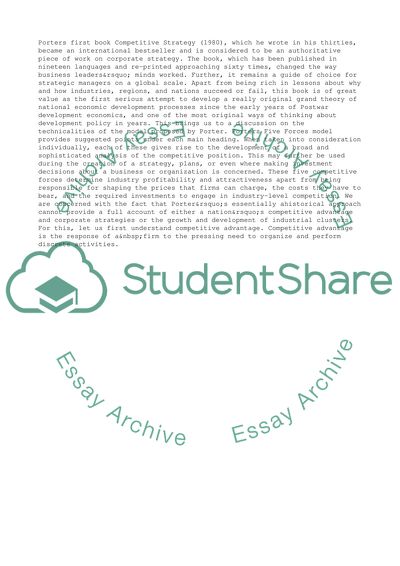Cite this document
(“Porters Theory: Competitive Advantage through an Ahistorical Approach Essay”, n.d.)
Retrieved from https://studentshare.org/management/1538228-management-topic-see-below
Retrieved from https://studentshare.org/management/1538228-management-topic-see-below
(Porters Theory: Competitive Advantage through an Ahistorical Approach Essay)
https://studentshare.org/management/1538228-management-topic-see-below.
https://studentshare.org/management/1538228-management-topic-see-below.
“Porters Theory: Competitive Advantage through an Ahistorical Approach Essay”, n.d. https://studentshare.org/management/1538228-management-topic-see-below.


